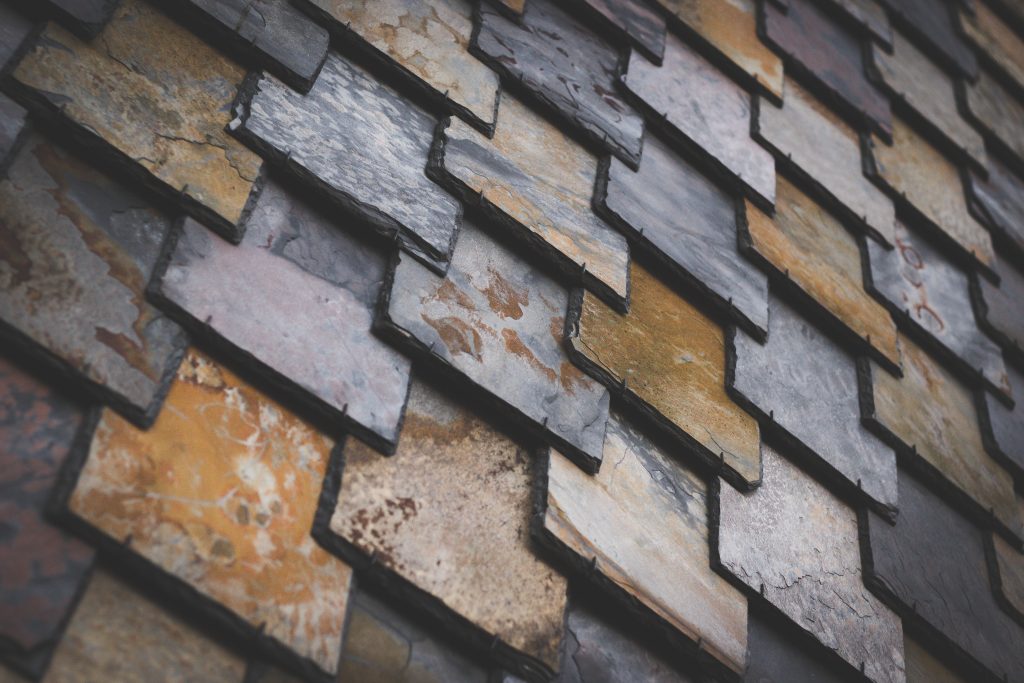Is Your Roof Actually Ready for April Showers?
07
You won’t know what state your roof’s in until you inspect it with your own eyes. Underestimate the drip, drip, drop, little April showers at your own peril…
Heads up, homeowners. Your roof needs inspecting twice a year, in winter and now, in spring – when a quick look for water damage in your attic, shingle granules in your guttering and spongey roof decking could save you some serious roof repair work. Your roof won’t need replacing for 20 to 50 years if you look after it, so here’s what to keep an eye out for, whether it’s your home, garage or shed roof.
1. Climb into your attic

Start your roof inspection from the inside out and hope you don’t see daylight through roof boards or sagging roof deck – that would certainly mean getting the roofers in. Check your loft insulation for any moisture and absolutely everywhere for black stains (potential algae), dark spots or trails which could signal a leak and water damage.
2. Step outside

Can’t see smashed tiles in your garden or lose branches that could crash on your roof at any minute? Good start, now grab a pair of binoculars and examine your roof from your garden or secure your ladder on solid, level ground and have a good look from above.

Signs of rot, moisture or mould won’t necessarily appear where the damaged tiles are, because water drips down your roof – so be vigilant when looking for dark or greenish stains both tell-tale signs of algae growth. Your roofers might notice a spongey feel when they walk across your roof, suggesting that the underlying decking is weakened by moisture.
Replace any damaged, cracked or missing roof tiles as soon as you spot them, because mould can grow fast, within just 24 to 48 hours of water damage. Of course, hot air from your attic can also cause your shingles to buckle and curl, making weather damage more likely – so look for cracked, torn or missing shingles too. In fact, if you can see an inconsistent colour on your roof, some shingles may be wearing away.
Finally, scan your roof for loose material or any debris around chimneys, vents, pipes or windows which could signal wear and tear.
3. Get your head in the gutter

You’re in trouble if the April rain showers can’t drain away from your roof this spring – so make sure your gutters are properly attached to your roof and that they’re in full working order, by getting your hands dirty or calling in drain and sewer clearance. Scoop out leaves and debris from your gutter before it decomposes, blocks the drainage and causes leaks.
Noticed any shingle granules in your gutter? They looks like large grains of sand, washed down from your damaged roof – rooves lose more towards the end of their life cycle, making them more susceptible to April showers.